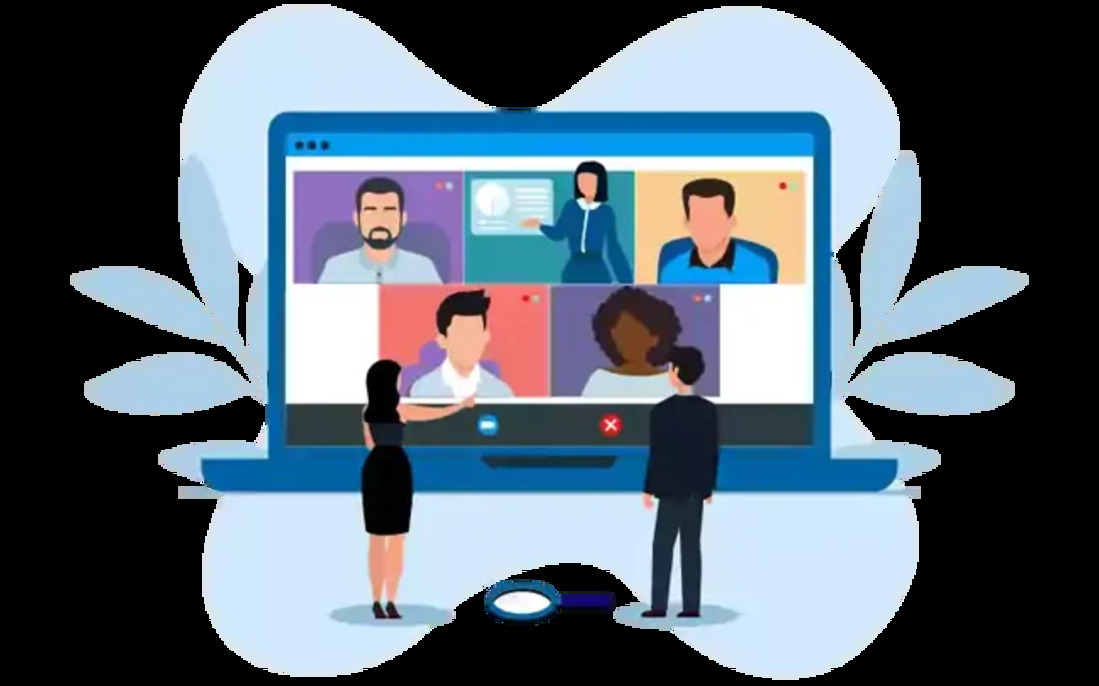In today's crowded digital landscape, running a successful webinar requires more than a polished presentation and a good speaker lineup. The real challenge lies in choosing the right topic - one that connects with your audience's current needs, pain points, and aspirations. Too often, organizations default to what they think people want, only to discover low registration numbers, minimal engagement, or lackluster follow-through.
The solution? Put your audience at the center of your topic discovery process. Instead of guessing, ask them directly. By surveying existing customers, prospects, and even broader target segments, you can uncover the themes, challenges, and trends that truly matter. This approach not only boosts attendance but also positions your brand as customer-focused and value-driven.
Why Audience-Centric Topic Discovery Matters
Your audience’s attention is limited. They have countless options for how to spend their time, and a generic webinar topic simply won’t cut through the noise. A carefully chosen subject, however, can:
- Demonstrate empathy: By addressing real problems, you show that you’re listening and care about their success.
- Increase engagement: Relevant topics naturally drive higher participation and interaction during sessions.
- Improve conversion: When webinars align with pressing needs, attendees are more likely to continue engaging with your brand post-event.
- Strengthen loyalty: Customers who feel heard are more likely to stay connected with your offerings.
Methods for Discovering What Your Audience Wants
1. Surveys and Polls
The most direct method is to ask. Short surveys sent via email, LinkedIn, or embedded in your newsletters can help gather insights. Keep questions specific:
- “What are your top challenges this quarter?”
- “Which of these topics would you like us to cover in our next webinar?”
- “What’s one skill or trend you want to better understand?”
Make it easy to respond with multiple-choice options, but also allow space for open-ended input.
2. Customer Conversations
Your sales and customer success teams interact with prospects and clients daily. Tap into their insights to identify recurring questions, objections, or areas of confusion. A webinar that tackles these issues head-on will feel instantly valuable.
3. Social Listening
Monitor online forums, LinkedIn groups, industry hashtags, and competitor events. Patterns quickly emerge around trending topics or persistent pain points. Use this data to validate your survey findings.
4. Interactive Feedback During Webinars
Don’t stop at pre-event research. Use live polls and Q&A sessions during your webinars to gauge what participants want more of. These insights can shape future sessions and even spin off into mini-series.
Crafting Topics That Deliver Value
Once you’ve gathered data, the next step is shaping it into a compelling theme. A strong webinar topic should:
- Address a problem, not just a trend. Instead of “AI in Marketing,” frame it as “How AI Can Help You Generate Leads Without Adding Headcount.”
- Be specific and actionable. Avoid vague topics like “Improving Productivity.” Instead, try “5 Time-Saving Automations for Busy B2B Marketers.”
- Reflect your expertise. While you want to meet your audience where they are, choose areas where your organization can provide credible insights and solutions.
Benefits of Audience-Driven Webinars
Organizations that use audience-centric topic discovery see tangible benefits:
- Higher attendance rates because people register for content they genuinely need.
- Better engagement during sessions, with more questions, chat interactions, and poll participation.
- Content longevity , as relevant webinars can be repurposed into blogs, videos, or on-demand sessions that continue generating value.
- Trust and authority , since your brand is seen as a partner that listens rather than a vendor pushing its own agenda.
Final Thoughts
Great webinars don't start with speakers or slides — they start with listening. Audience-centric topic discovery flips the script from telling people what they should care about to asking them what they already care about. The result is a more engaged audience, stronger brand relationships, and events that deliver real impact.
Next time you're brainstorming a webinar, don't start with your marketing calendar. Start with your audience. Ask them what matters — and let their answers guide your content.
Read More: https://intentamplify.com/
